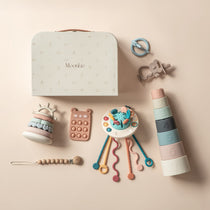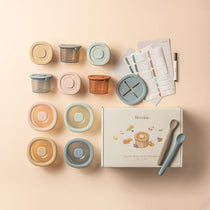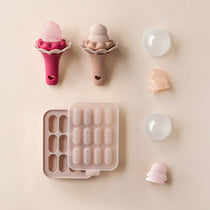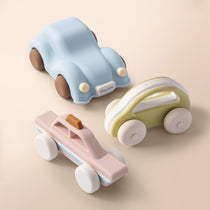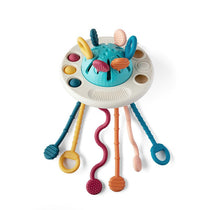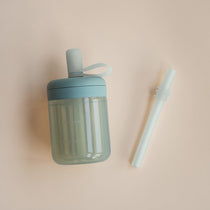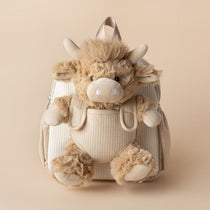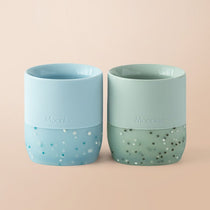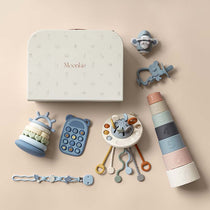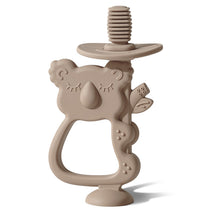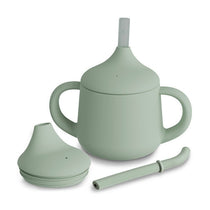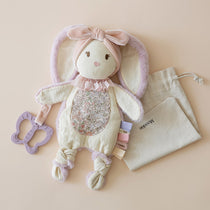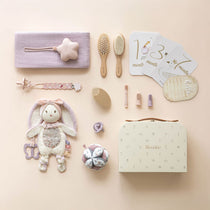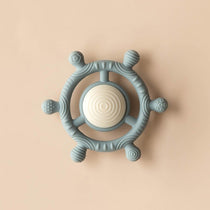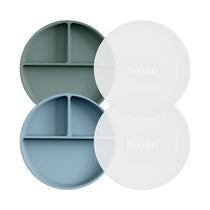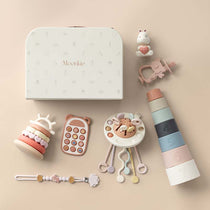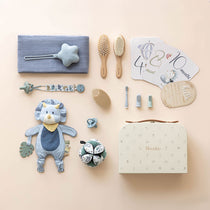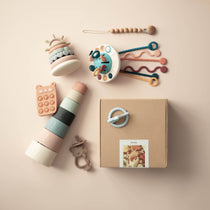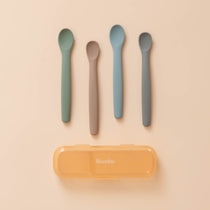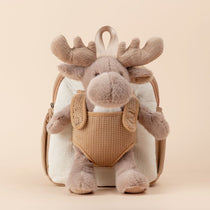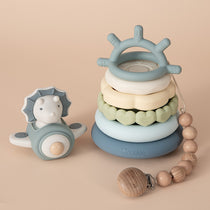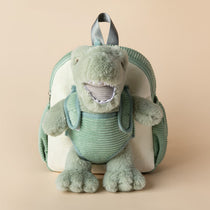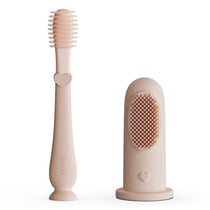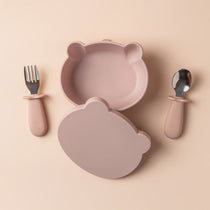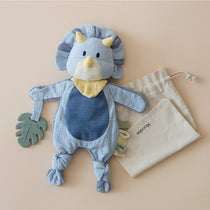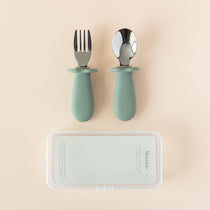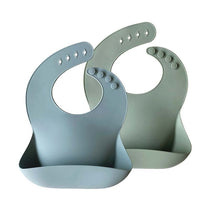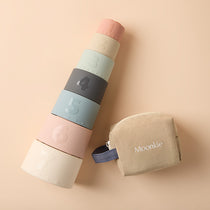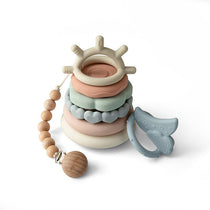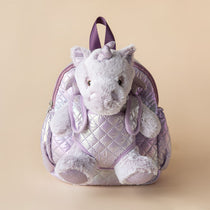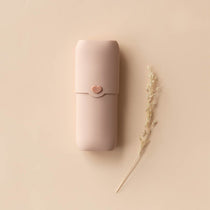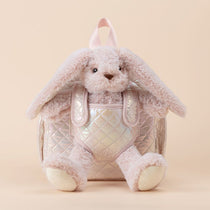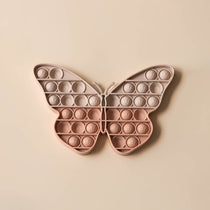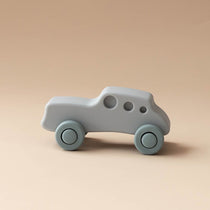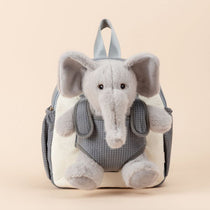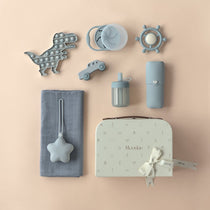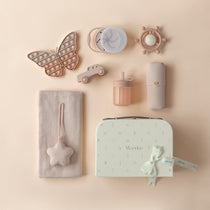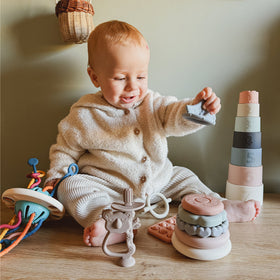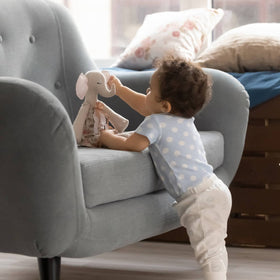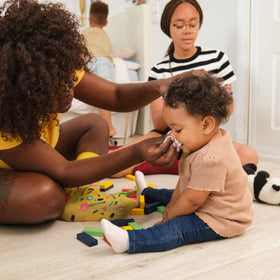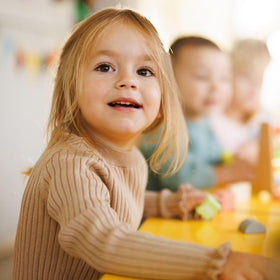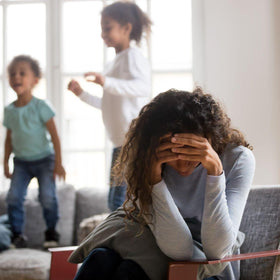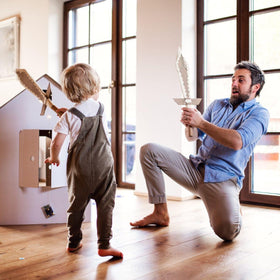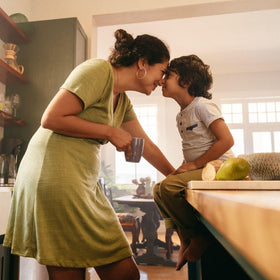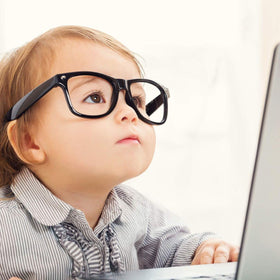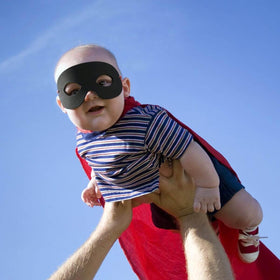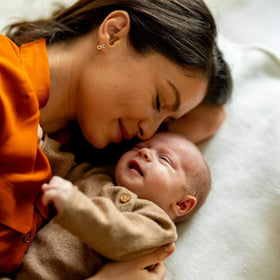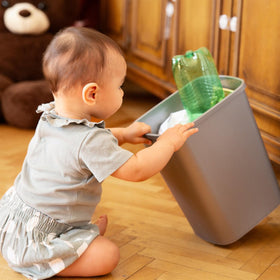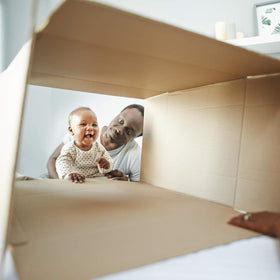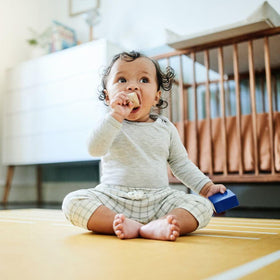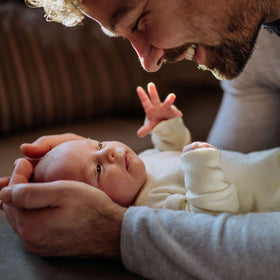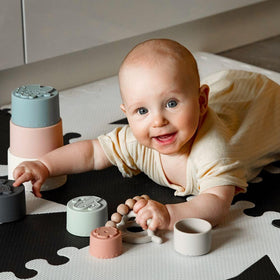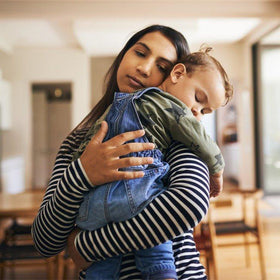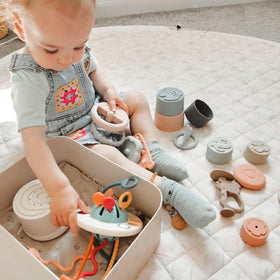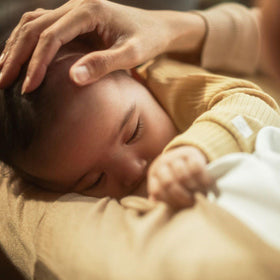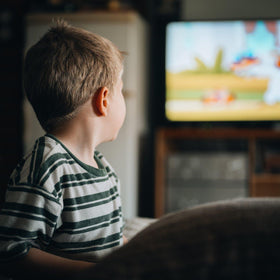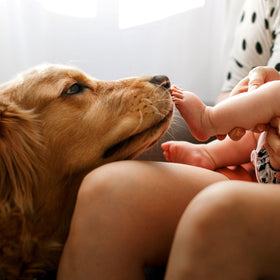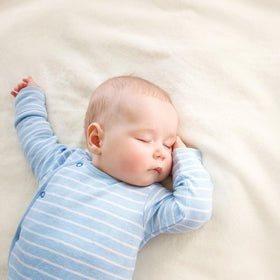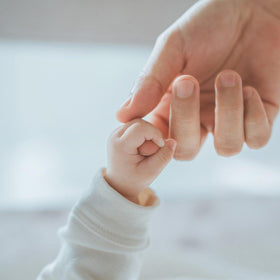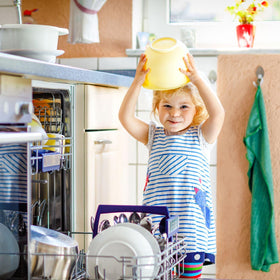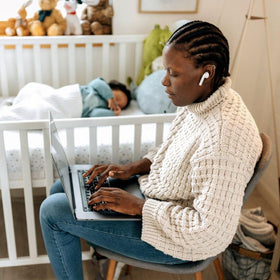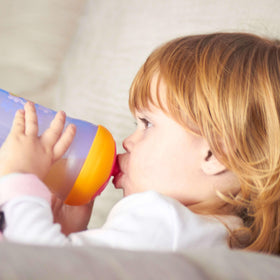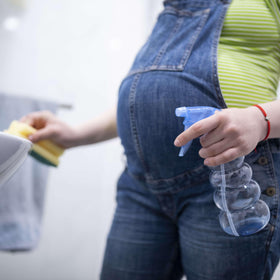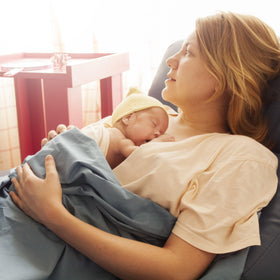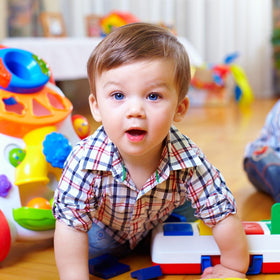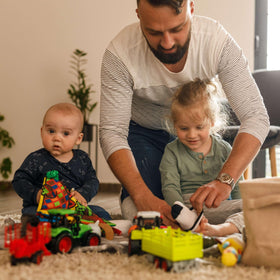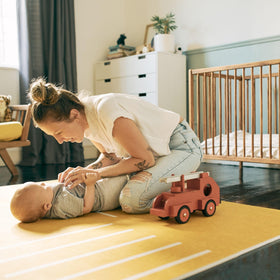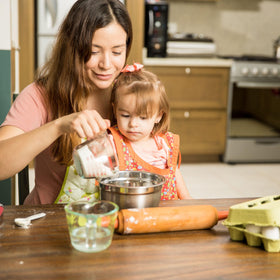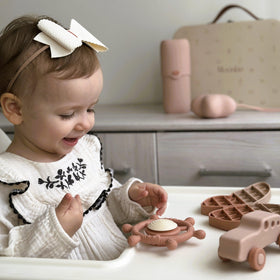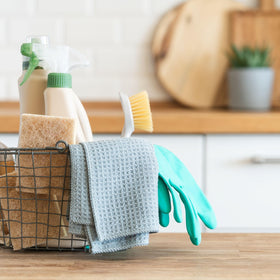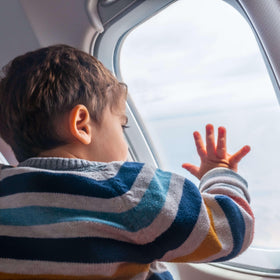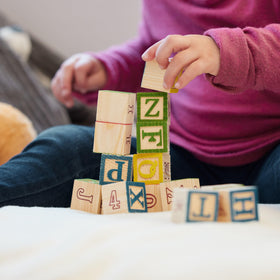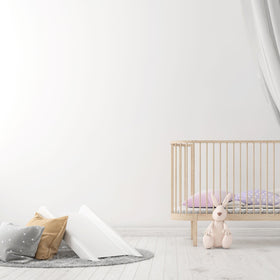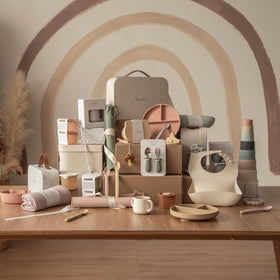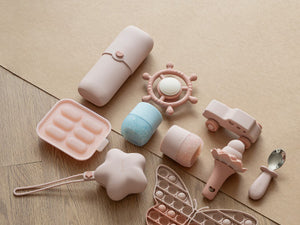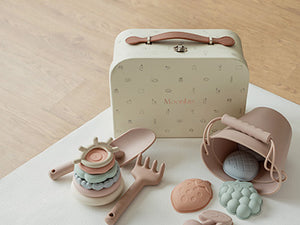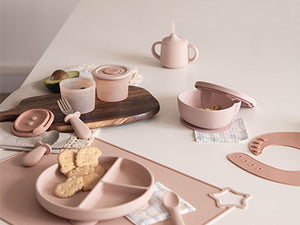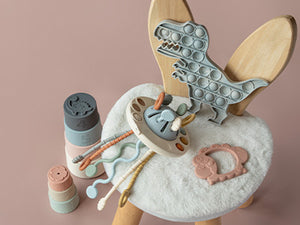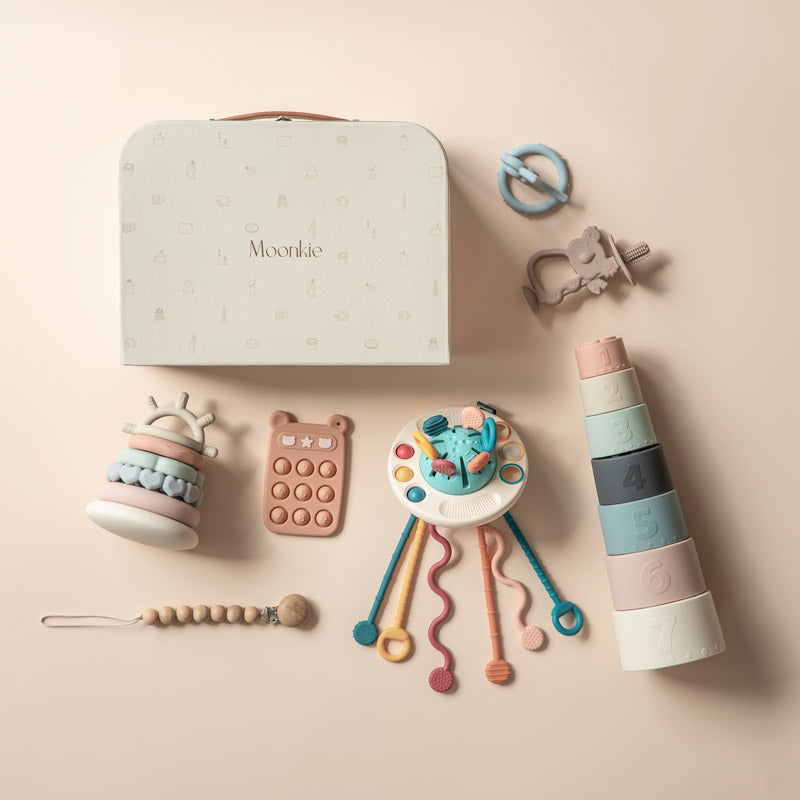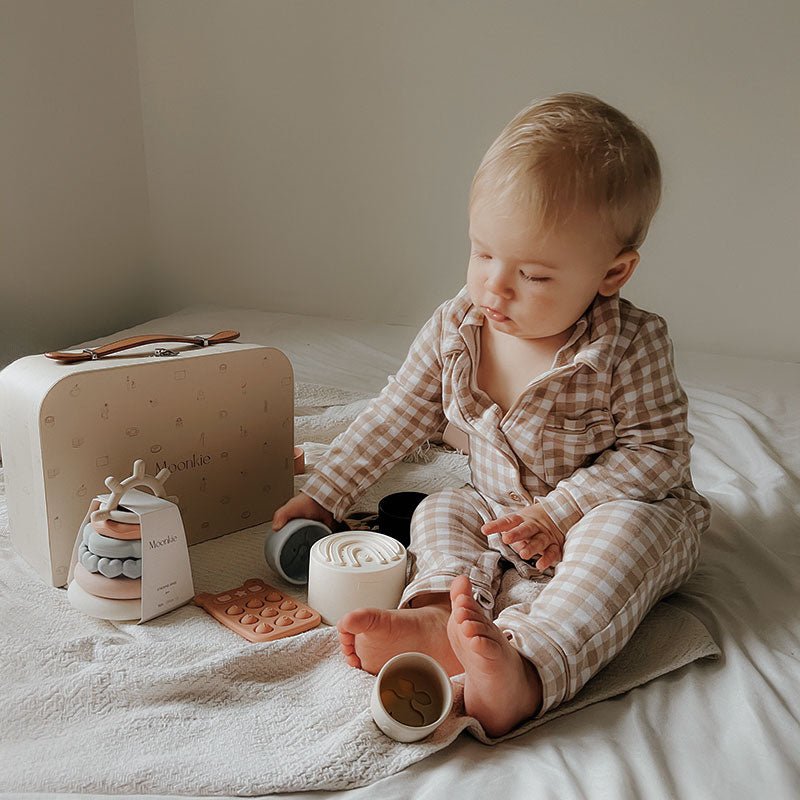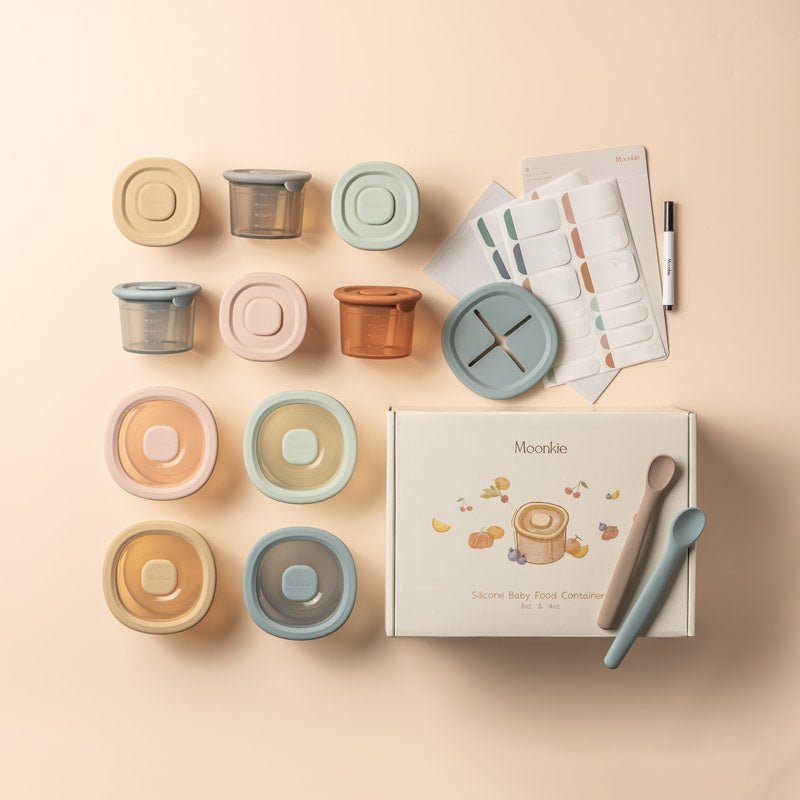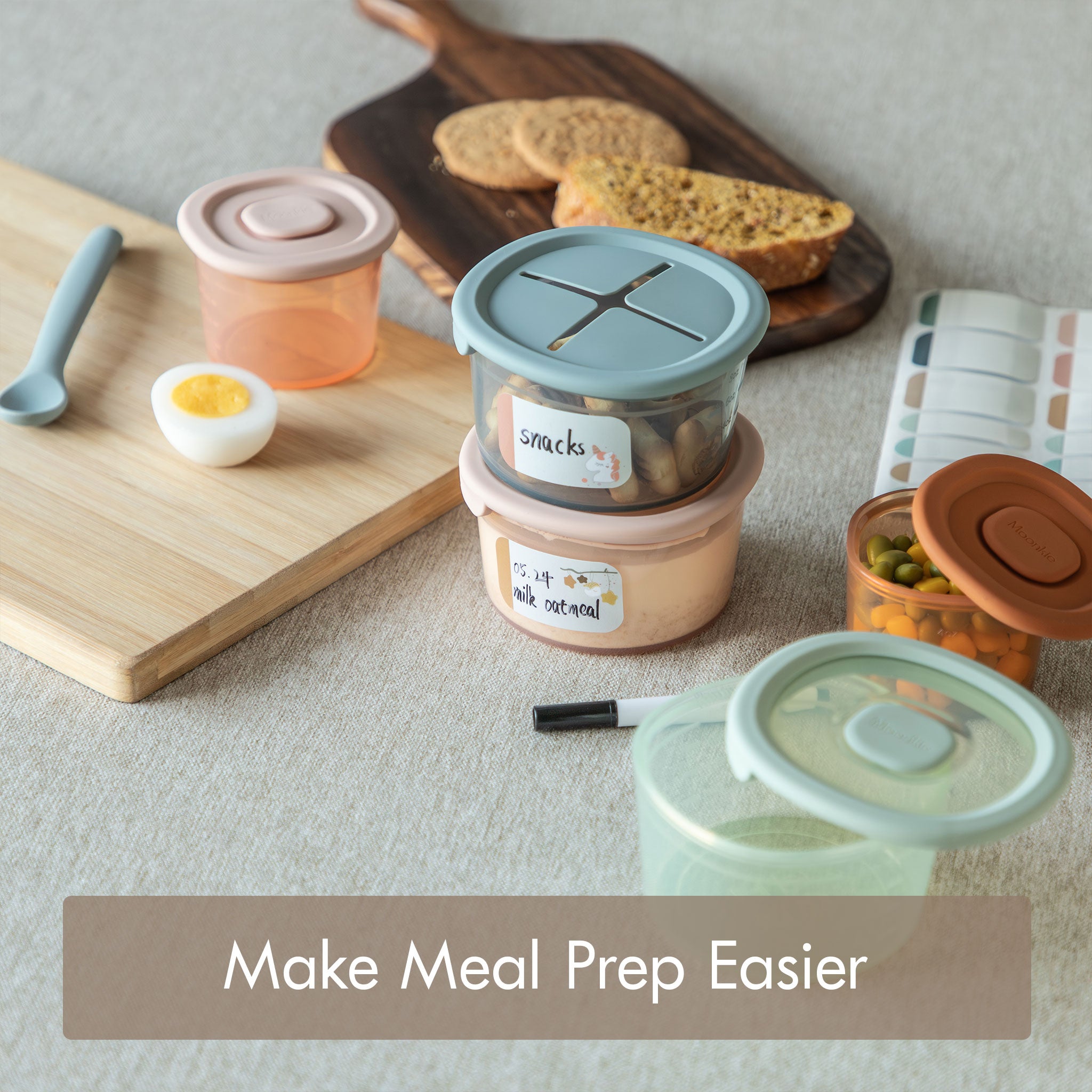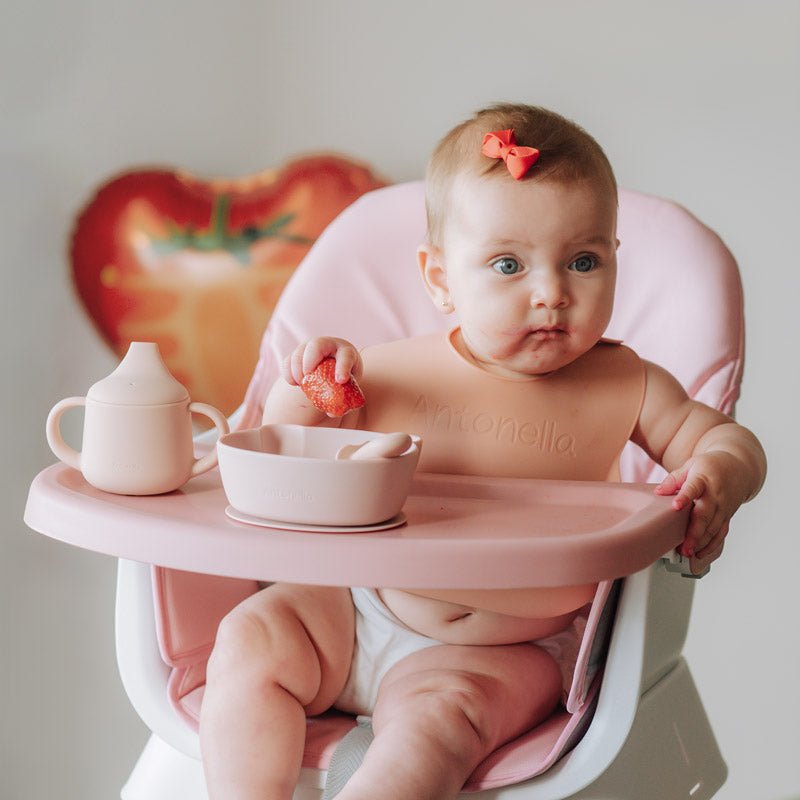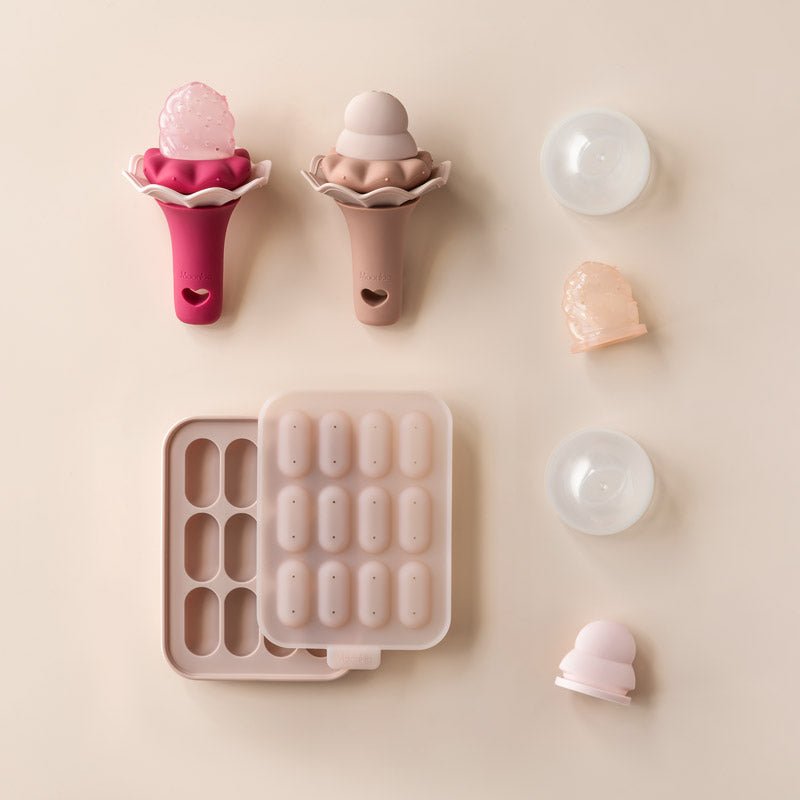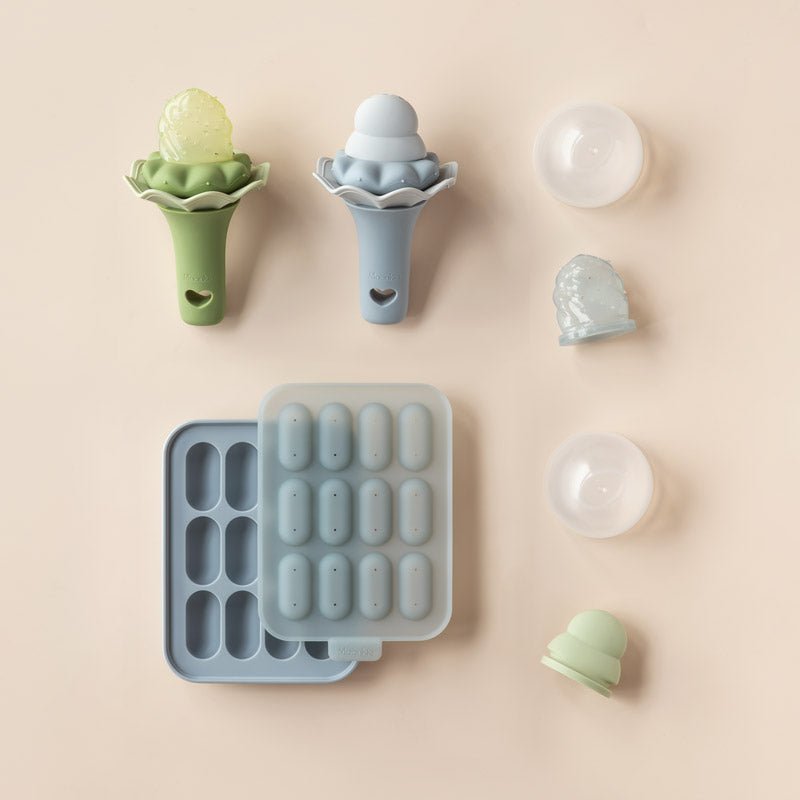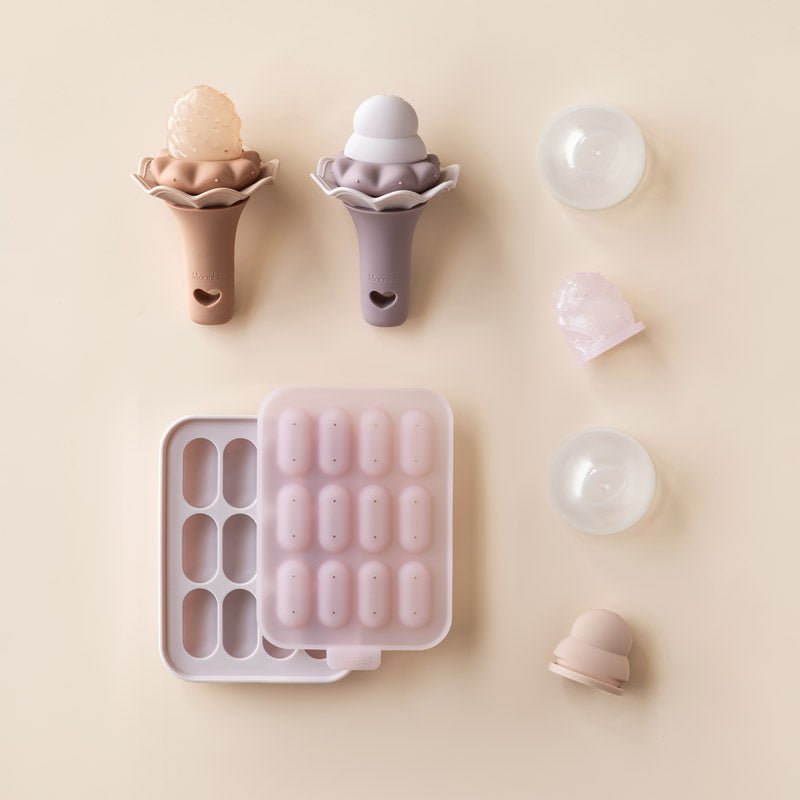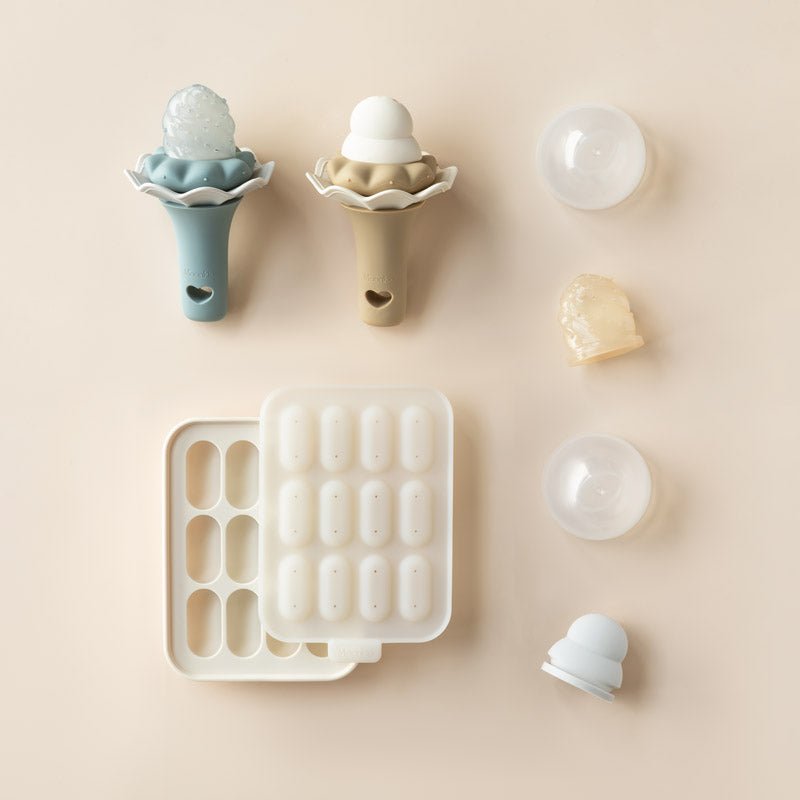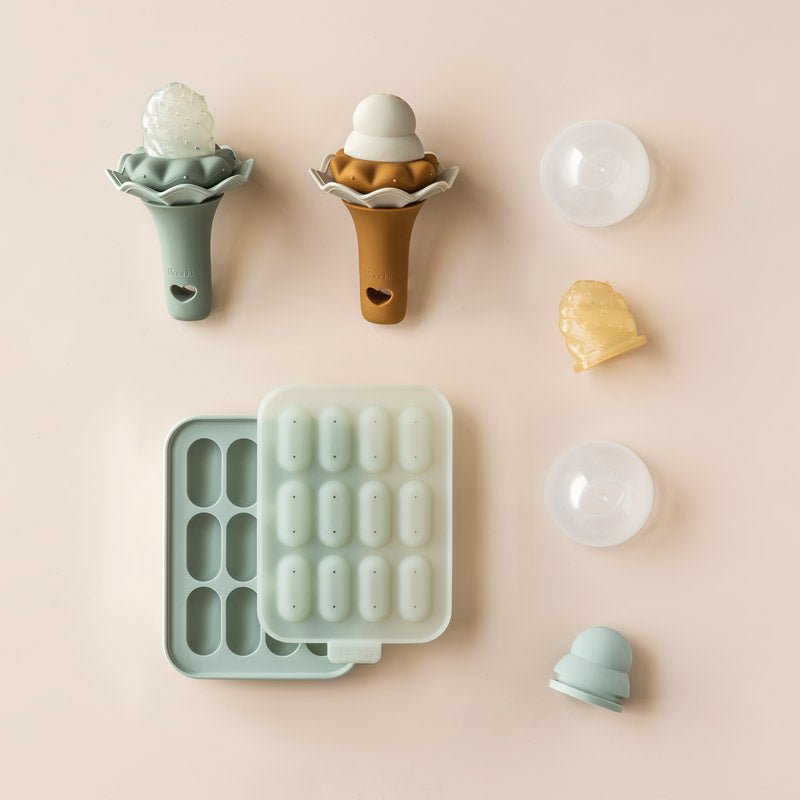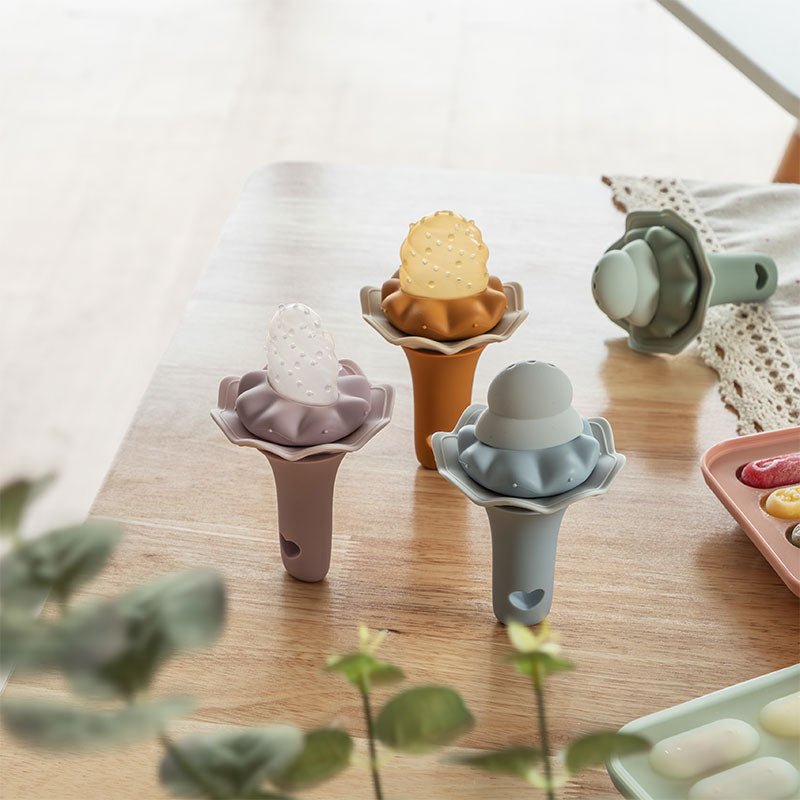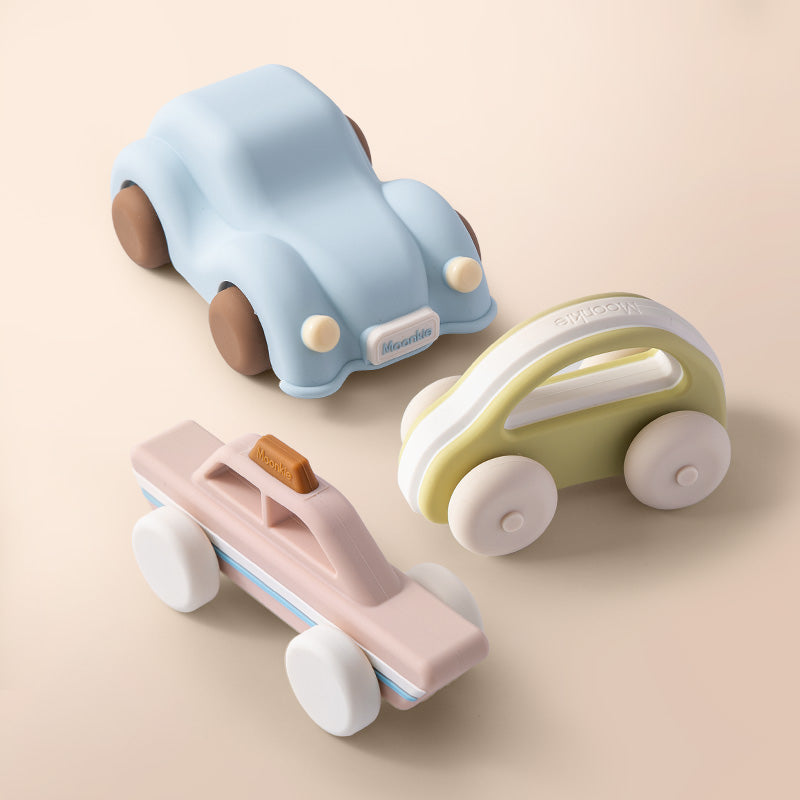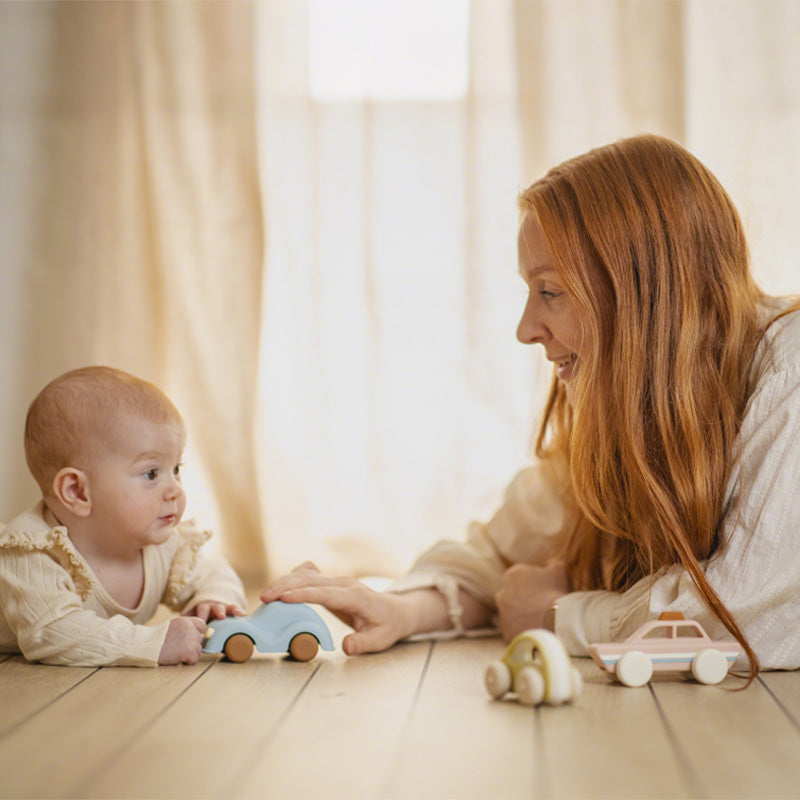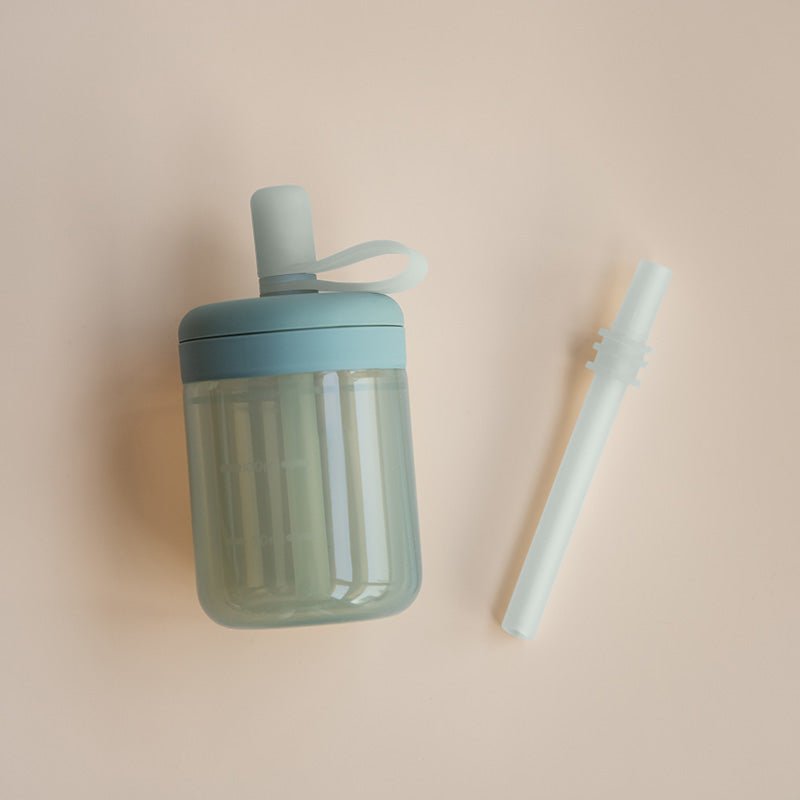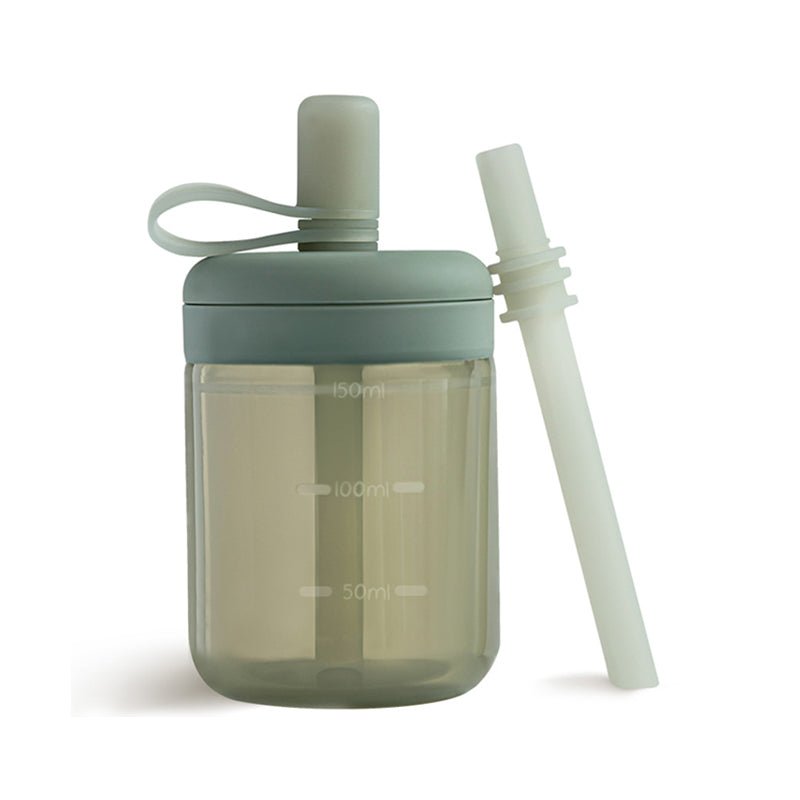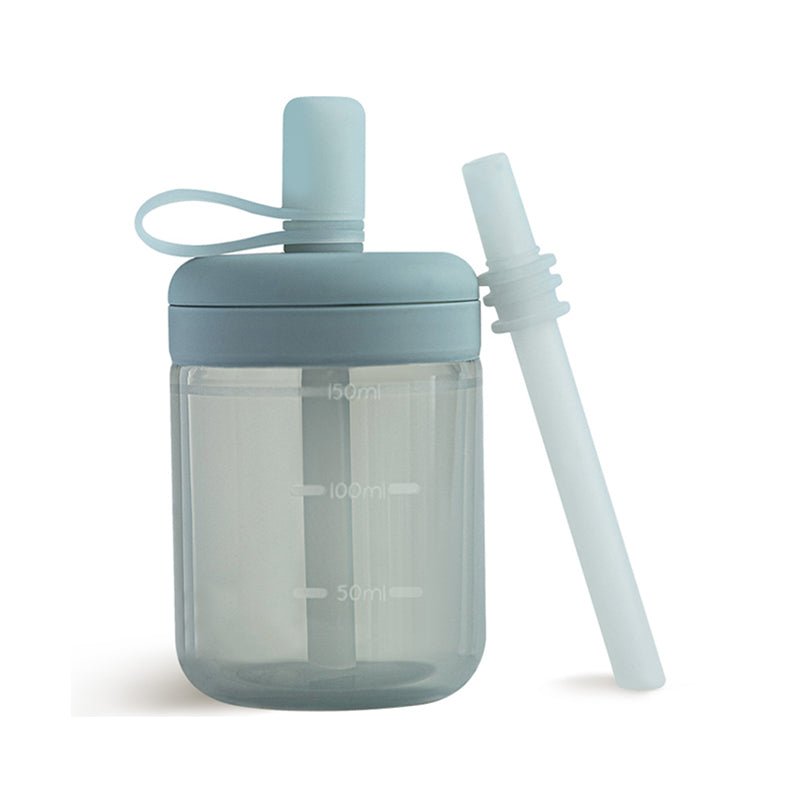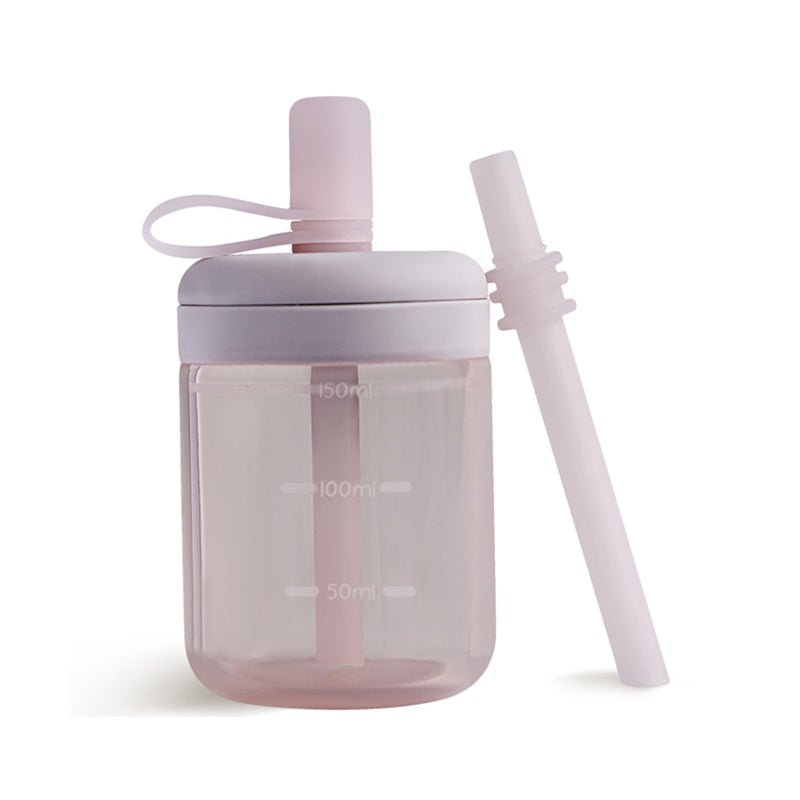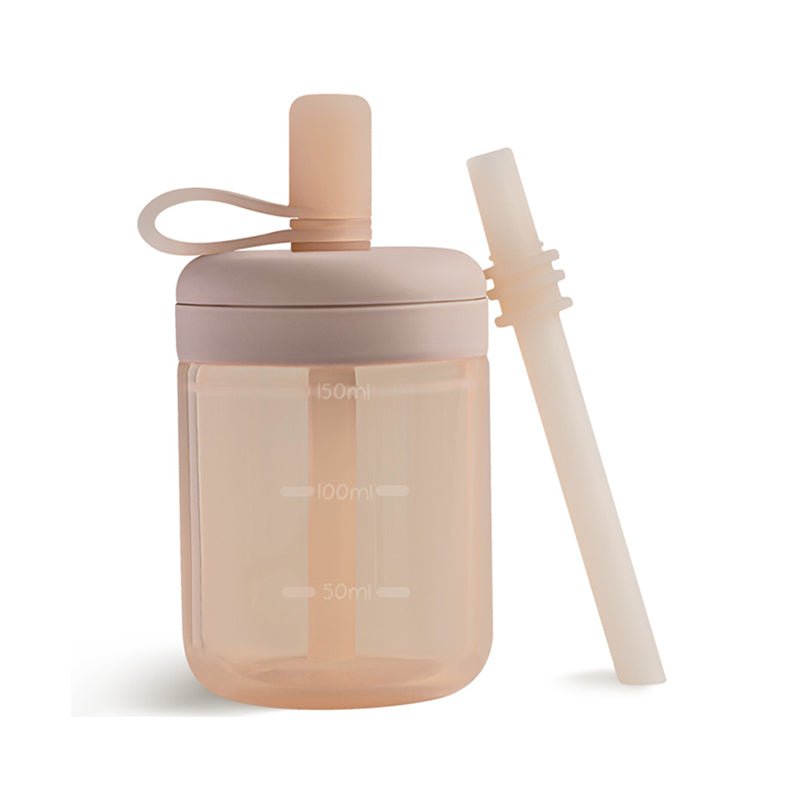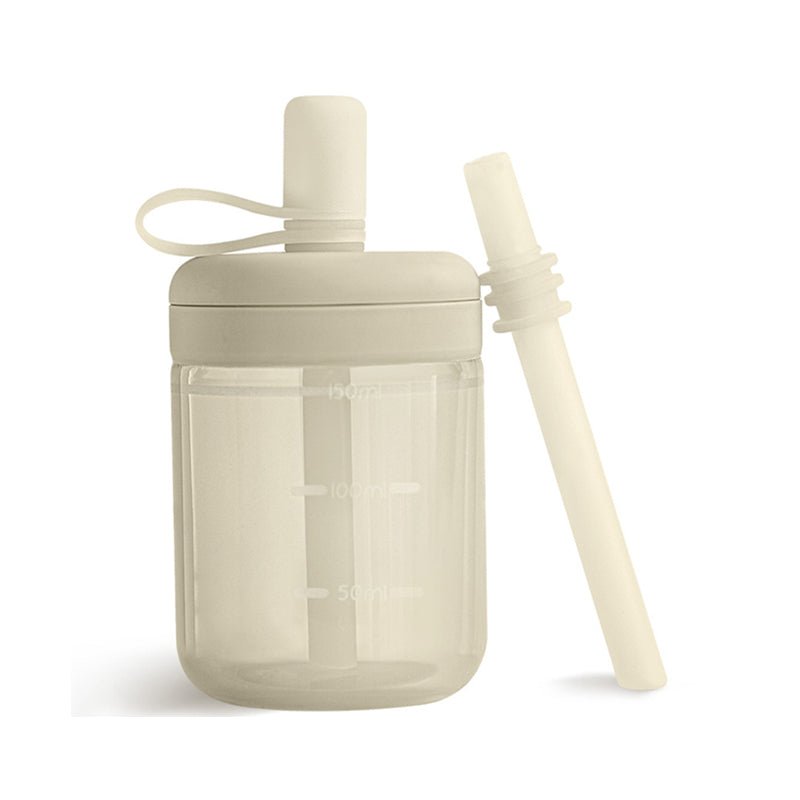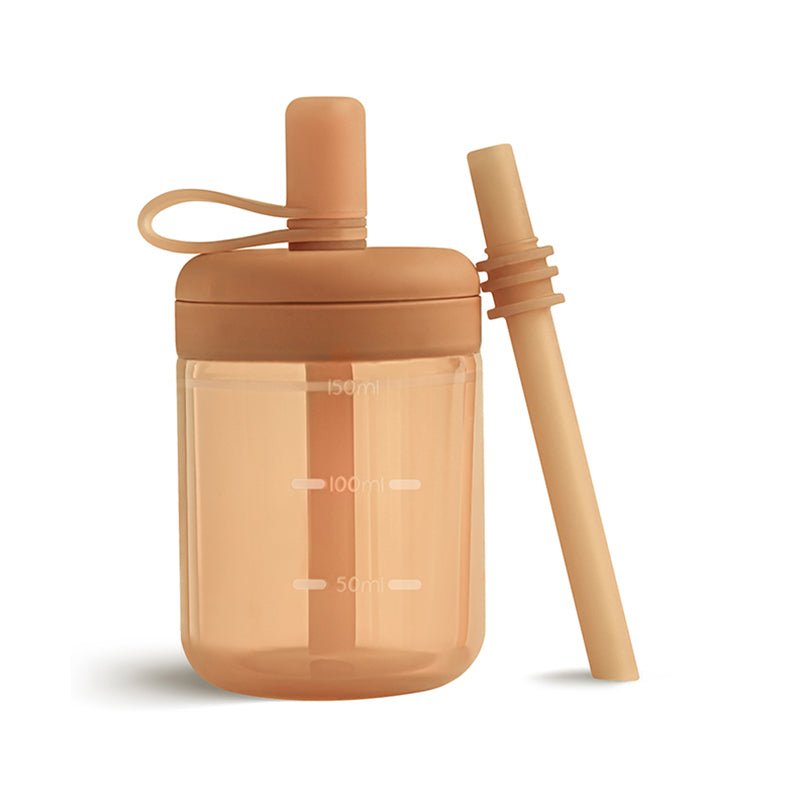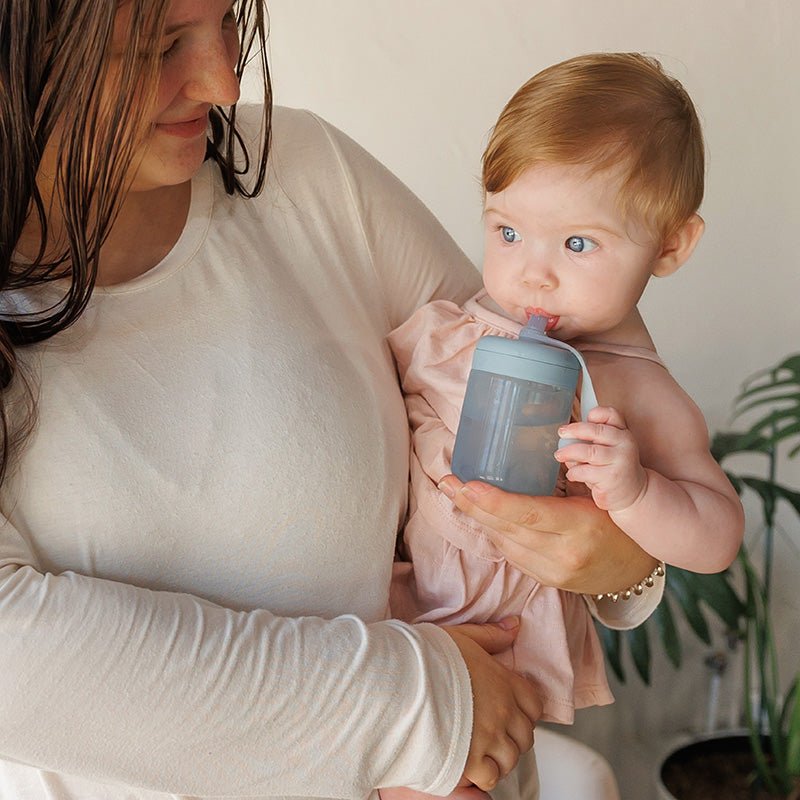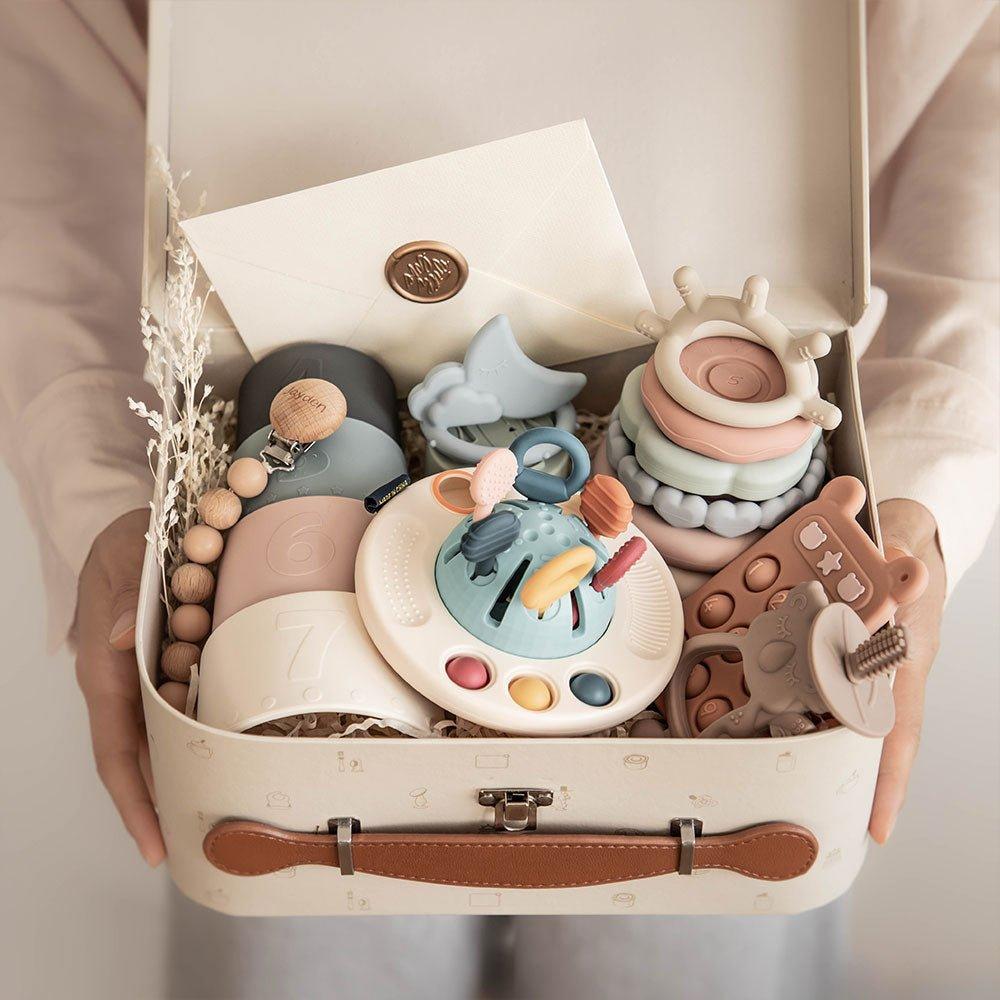Everyone and their mother is talking about Montessori education, Montessori toys, and how these are integral to your child's development. But what are Montessori toys, and are they really better for your baby?
Montessori toys are passive toys designed for independent play and hands-on exploration. They are simple in design, often made of natural materials, and foster open-ended play. Some examples of Montessori toys include wooden blocks, puzzles, nesting dolls, and stacking cups.
To understand how Montessori toys benefit your baby more than your average Walmart disco-noisemaker, you've got to know about the fantastic education concepts behind them.
In This Article
What Are the Advantages of Montessori Toys for Children?
Since Montessori toys are nothing flashy or complex, little children tinker with them until they discover how to play with each toy. This gives children a feel for natural materials, shapes, and textures, and how to apply them.
Any parent knows that a young child's superpower is entertaining themselves with anything. Why? Because little minds have an insatiable desire to explore. That's how kids learn!
This astounding power can get little hands into trouble, but if given clear boundaries with plenty to safely explore, most little ones will happily figure out whatever is at hand.
When a parent gives a child a toy that entertains with lights, sounds, and automated movement, the child does not take the initiative to figure out how it works — they simply press buttons and watch.
Though the short-term wow factor is fun, the long-term engagement lesson is at best lackadaisical. You see, flashy, noisy toys entertain through distraction, not discovery. Thus, it is no surprise that by the toddler years, a child has a heap of possibly working plastic toys and feels zero contentment with any of them.
Passive Toys = Active Learning
Enter: Montessori-style toys. Wooden blocks, stacking cups, puzzles, nesting dolls...these toys are passive, meaning they don't do anything in and of themselves. But that's what piques a child's curiosity: "What can I do with these?"
In the beginning, everything is a chew toy, but by the toddler years, Montessori toys are for building things. Even a small child will continue using them as tools to test what is possible and what isn't.
What's more, active learning with passive toys lays the foundation for your child's confidence and competence in further exploration. Just as with anything in life, one has to get out there and do something to learn the ropes and build confidence. The same holds true for your little one, especially with nearby family members cheering them on.
Hands-On Exploration with Natural Materials
Allowing babies, toddlers, and small children to "discover" the world with their own hands engages their minds with sensory memory; that is, they build a more solid understanding of how the world works because they have "seen" and "felt" it out repeatedly (and of course, "tasted," "heard," and "smelled" it).
Additionally, the more senses are engaged in exploring something, the deeper their understanding of that thing becomes, especially when they circle back to the same item several times---much like language learning!
Children are more likely to recall things they have multiple sensory connections to than those they've only seen or heard. In other words, doing playtime is better than simply watching playtime (source).
Adults are like this, too, of course. Can you recall the last twenty posts you saw on social media today? What about the ads you saw on YouTube this week?
The more automated things are, the less engaged we become in building lasting memory connections — a principle we see at work in how AI could be harming us now, according to this MIT study (source).
Independent Learning and Skill Development
There is no "showing" your little one how to play with a Montessori toy because there is no "one way" to play with them. Instead, children take the lead in testing how to use a Montessori toy and experiment with whatever applications they dream up.
Thus, a child doesn't have to play with a passive toy one "right" way; she can play with them in any way within the boundaries set by her parents (like "don't hurt others," "toys stay in your room," or "don't throw them," for example).
Essentially, giving your little one a Montessori toy is like giving them a paintbrush and a blank canvas. She may draw whatever she wants; she's simply got to figure it out herself.
As much as that would cause great anxiety in some adults, such freedom within boundaries is exactly what little minds need for exploration, discovery, and growth.
If your baby gets stuck and becomes frustrated, you can turn the situation into an opportunity to work together, making it a fun learning experience and promoting teamwork!
Do Montessori Toys Actually Work?
Yes, Montessori toys actually work! A recent study comparing the well-being of adults who attended private or public school entirely with those who had at least 2 years of Montessori education in childhood found significant benefits (source).

This particular study compared the well-being of 1,905 American adults from a variety of socio-economic backgrounds, races, ethnicities, genders, and educational levels aged 18 to 81. The purpose was to determine whether having at least two years of Montessori education helped create thriving adults (source).
According to one of the researchers, "What surprised us is that pretty much everything in the sink turned out significant — on almost every survey, people who had spent at least two years in Montessori had higher well-being than people who never went to Montessori.
This was true even among the sub-sample who attended private schools for their entire pre-college lives" (source).
Designers create Montessori toys based on the principles of Montessori education, which promote self-directed play and learning through exploration. Children learn social and communication skills and how to properly express their emotions through play with toys and games; play is an integral part of their development (source).
As such, by giving our little ones toys that they actively play with rather than electric distractions, we encourage their independent discovery, creativity, and imagination. The trick is finding age-appropriate Montessori toys. We've got you covered with 45 of the best in The Ultimate Montessori Toy Guide.
What is Montessori Education?
Montessori education is a child-centered method that focuses on each child's individual needs and abilities. It is based on the idea that children learn best through hands-on exploration and discovery rather than direct instruction — something every mama knows!

As you can imagine, Montessori education aims to foster self-discipline, a hunger for learning, confidence in exploration, problem-solving skills, and independent creativity.
The theory is that children instinctively want to learn and will do so if the environment allows them to. By providing an open space with passive toys arranged logically, young kids will move freely from activity to activity and spontaneously return to those they haven't yet mastered.
Every parent who has taken twenty minutes to sit still and watch their little one play with random kitchen utensils can see this very concept! They may not get it right at first, but they will certainly return to a utensil again and again until they make it work the way they want.
Learn more about setting your child up for success with Montessori playtime at home in Montessori at Home: Tips and Tricks for Busy Parents.
Pillars of Montessori Education
The Montessori method stands on four pillars: 1) the absorbent mind, 2) sensitive periods, 3) a prepared environment, and 4) spontaneous activity through repetition.
Check out the definition of each pillar in the table below, and note how child-centered they are.

Unsurprisingly, children tend to be highly receptive to Montessori education. Some parents may worry about a lack of structure for their child, but the prepared environment provides that overarching structure.
Montessori education has clear boundaries; the difference is the emphasis on the freedom to explore and create within those boundaries. Learn more about Montessori's philosophy in The Montessori Philosophy for Parents: Why It Works and How to Make It Work for You.
Other principles you will find in the Montessori education method include the following:
Respect for the child
Educating the whole child
Individualized learning
Freedom of movement and choice within limits
Contextual learning
Auto-education
Independence
Intrinsic motivation
How empowering would school seem if it were built upon these principles rather than focusing on standardized testing, following instructions, and respecting authorities?
Montessori Teachers and Classrooms
Though it may seem simple, Montessori teachers must undergo training to implement these principles effectively. Preparing a space with clear boundaries that still allow for free flow and constructive exploration takes skill, forethought, and patience.
The Montessori classroom is an open space that the teacher prepares for the children beforehand. Once the children come in, they begin "discovering" activities and "experimenting" with them. The teacher is merely a guide to their inevitable self-learning. How neat is that?
Note: Don't shy away from Montessori education just because you don't have training in it! There are loads of free resources on YouTube and the American Montessori Society's website. By learning some ways to implement Montessori principles during playtime, you will help your little one do what he does best!
To begin understanding Montessori education, you must learn about the woman who pioneered it: Maria Montessori. You'll only love it more!
Maria Montessori
Maria Montessori was an Italian educator and founder of Montessori education (1870 - 1952) (source). She was a confident and ambitious woman who did not allow the traditional expectations for women at the time to hold her back.
Maria entered an all-boys technical institute to study engineering at the age of thirteen. Deciding to pursue a medical degree instead, she applied twice to the University of Rome's medical program. After her studies, Maria graduated as one of Italy's first female physicians in 1896 (she may have been the first) (source).
Initially focusing on psychiatry, Maria delved into educational theory and pedagogy. It didn't take long for her to begin questioning the stuffy teaching methods applied to intellectually and developmentally disabled children.
From 1896 to 1907, Maria served as the director of the State Orthophrenic School of Rome, applying her educational principles to intellectually and developmentally disabled children with great success (source).
Later in 1907, she opened the first Casa dei Bambini ("Children's House") for three to six-year-olds of normal intelligence in a poor inner-city district of Rome. Though the children were initially difficult to work with, they soon became excited about working with puzzles, playing with learning materials, and cooking meals (source).
The children were "absorbing" knowledge from their environment and teaching themselves! They began concentrating, paying attention, and acting with self-discipline — thanks to Maria's willingness to stray from conventional educational methods of the time and observe how children really learn.
Maria's Montessori education has since spread all over the world through her travel lectures and the success of her methods.
Our Inspiration
Maria's work and the phenomenal results of Montessori education for those who have grown into adulthood have inspired every toy we create at Moonkie. Combining Montessori's remarkable, child-centered methods with sustainable, modern silicone, we create passive, durable Montessori-inspired toys.
We believe that non-electric silicone baby toys are an excellent bridge between your baby's safety and his desire to explore. With high-quality silicone, there is no need to worry about splintering wooden toys, peeling paint, cracking plastic, sharp edges, or even little mouths that like to taste everything.
Even better, once your baby has figured out how each toy works, he will find more ways to play with Moonkie's long-lasting baby toys at each developmental stage. Check out our Montessori-inspired toys and toy sets in The Ultimate Moonkie Gift Guide.
Giving your little one the reins at playtime is a fun way to begin fostering her confidence and competence. What a joy it is to watch little ones explore and discover!
In a Nutshell
Montessori toys are better for your baby than flashy or noisy toys because they engage your baby's senses. For toddlers and young children, Montessori toys are excellent for promoting hands-on exploration, self-directed learning, order, concentration, problem-solving, independence, creativity, and imagination because they are passive.
In essence, Montessori toys don't distract children; children actively play with them. So, if you want to prioritize your little one's development through doing rather than watching, then Montessori-style toys are the way to go!

